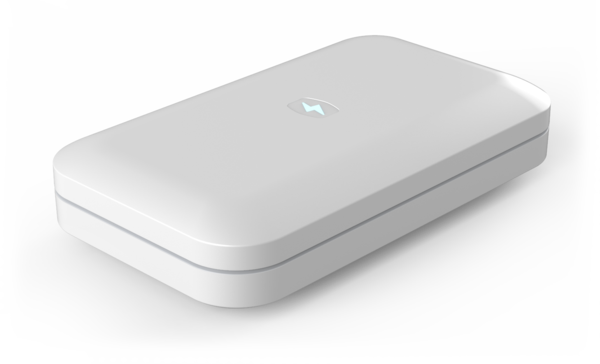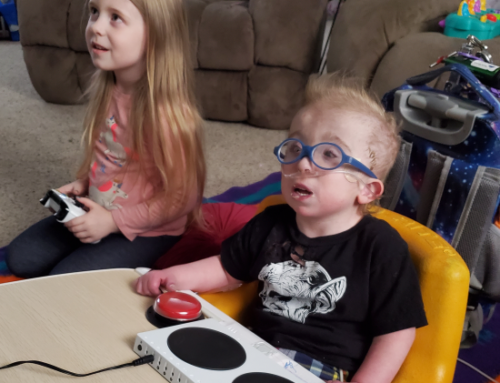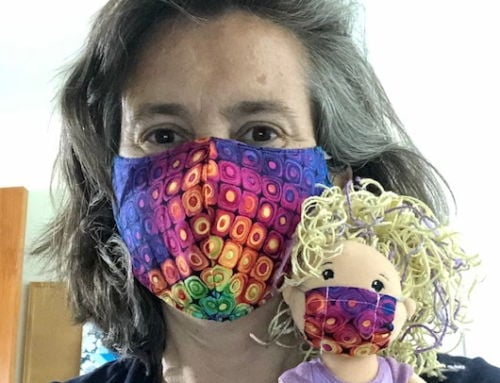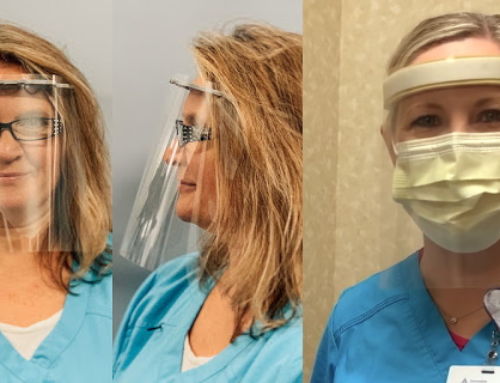Moldable Plastic for DIY Assistive Technology!

Thank you, Kathrine Crowley, AT Access Projects and Program Coordinator with AbilityTools, for this post highlighting Vincent Lopez’s many uses for moldable plastic (including AT repairs!) AbilityTools is the State AT Program for California and Therese Willkomm, mentioned in the article, is the director of the State AT Program in New Hampshire (ATinNH).
For most individuals with disabilities, life is all about adaptation. A narrow scope of imagination when environments and objects are being designed and constructed is, more often than not, the true cause of accommodation needs. As a result, individuals with disabilities are some of the most innovative and creative people you will ever come across.
So, it wasn’t very surprising to get a letter from one of California’s AT Advocates, Vincent Lopez, who hails from Center for Independence of Individuals with Disabilities – San Mateo (CID), writing to tell us about his experience creating Do-It-Yourself (DIY) assistive technology (AT), specifically, with moldable plastics.
A few years ago, I attended a workshop on low-tech assistive technology using household items presented by Therese Willkomm (make sure to get her book Assistive Technology Solutions in Minutes). She introduced me to low-tech solutions for assistive technology including moldable plastic. Moldable plastic is what I call a “Poor Man’s 3D Printer.” Moldable plastic is an on-the-fly solution for AT repairs, modifications, and needs and can be used to make a mold for future projects that require more stable products.
Moldable plastic is what I call a ‘poor man’s 3D printer’
Moldable Plastic goes by a few names (Instashape-Taps Plastics, Instamorph, thermal plastic, and moldable plastic) to name a few. Moldable plastic can come in different forms (Beads and cards are most common) and colors can be added for customization. Moldable plastic can be threaded around a bolt and it will shrink around an item and can be reformed and reused when reheated. Do not use in hot areas (inside a car in the sun); moldable plastic will soften and possibly melt. For instructions, please watch my YouTube video on how to make a key grip.
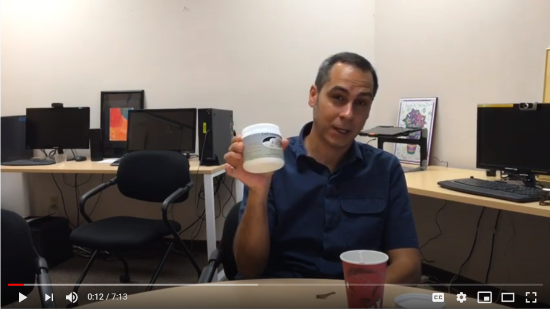
There are many situations where moldable plastic can fix an expensive issue or create an on-the-spot solution. One consumer ripped off the controller on his power chair, shearing all of the mounting points except for one bolt. I heated up and wrapped moldable plastic around the controller to create a mold to support the item.

Our employee, who has hand dexterity issues, could not open our heavy front door to the office. I got his key and made a T-Handle holder with the moldable plastic and he can now open the door to our office.

My last situation was at the last Abilities Expo in LA. A consumer was explaining how he had a ring with a stylus on it to use his phone on his lap. It broke and he could not find a new one. I had a pen with a stylus in my bag and took the stylus tip off the pen, wrapped moldable plastic around his finger, and threaded the stylus tip to it. He got a new ring in 20 min. I highly recommend moldable plastic and have performed demonstrations with the local public libraries, school presentations, and created an instructional YouTube video.
If you have any questions or would like to brainstorm solutions utilizing moldable plastic, feel free to reach out: vlopez@cidsanmateo.org at Center for Independence of Individuals with Disabilities – San Mateo (CID)
Monthly Blog Digest
Search the blog
State AT Program Blogs
California
Florida
Indiana
Kentucky
Louisiana
Maryland
Massachusetts
Michigan
Montana
North Carolina
North Dakota
Utah
State AT Program Blogs
The AT3 Center, the Association of AT Act Programs (ATAP), and the Administration on Community Living (ACL) make no endorsement, representation, or warranty expressed or implied for any product, device, or information set forth in this blog. The AT3 Center, ATAP, and ACL have not examined, reviewed, or tested any product or device hereto referred.

